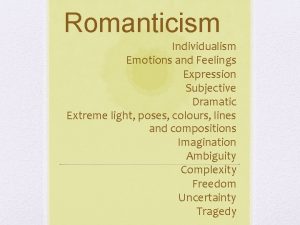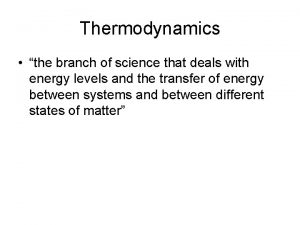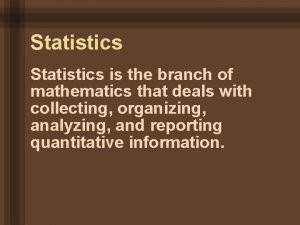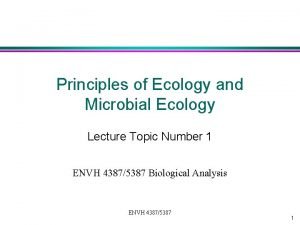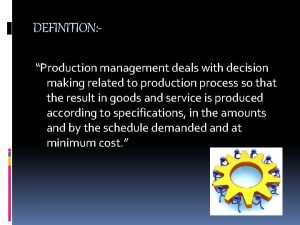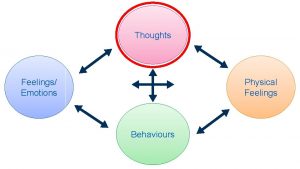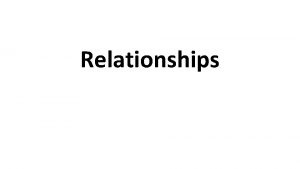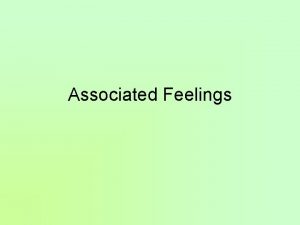EMOTIONAL DEVELOPMENT Emotional development deals with feelings Feelings












- Slides: 12

EMOTIONAL DEVELOPMENT

Emotional development deals with feelings: �Feelings about themselves, others, and the world �Emotional development follows a predictable pattern �The type of care a baby receives and the atmosphere of the home are major influences on emotional development �The foundation of a strong, healthy self-concept is trust

Building trust through care: �Attitudes about the world depend on how well babies’ needs are met Kept warm, fed when hungry, soothed when fussy Rigid feeding schedules, not soothed when fussy teaches a child that the world is unfriendly Inconsistent parenting such as no routines, no schedules sometimes loved and nurtured and other times ignored or mistreated causes a lack of trust

Emotional climate of the home: �Affection and harmony between parents is important �Babies can sense the “tone” of their parents’ feelings �Every family has its ups and downs, but warm affection should be the foundation of the family rather than anger, bitterness or mistrust

Crying & Comfort: �Crying varies with babies. �Crying is the only way a baby can get a caregiver’s attention

CHECK PHYSICAL NEEDS: �Hungry �Wet diaper �Pain, illness, discomfort PROVIDE COMFORT: �Hold and rock/walk around �Change baby’s position �Talk softly or sing �Distract with a toy

BABIES COMFORT THEMSELVES: �Pacifier/soother �Blanket/stuffed toy �Rock themselves �When older – twist their hair

Emotions in Infancy Refer to pg. 273/274 in your text and briefly describe each emotion.

Emotions in Infancy: Delight: �Starts at two months �Example: happy response to an adult making faces Elation: �By 7 months, babies show high spirits Affection: �Around 9 months babies feel affection toward those who provide their care

Distress: �Crying is used to express unhappiness and discomfort Anger: �At 4 or 5 months babies express anger �As they get older, they show anger toward people and objects �Ex. Throw toys, push things away

Disgust: �Shown by 4 or 5 months �Shows very clearly Fear: �They do not recognize threatening situations until about 6 months �Stranger anxiety starts around 8 months

Use your text… and work with the people at your table to complete a list of: 10 specific ways in which parents or caregivers can build trust in an infant Next, do the same to identify characteristics of homes with a poor emotional climate.
 Feelings feelings feelings
Feelings feelings feelings Taxonomy is the branch of science that deals with –
Taxonomy is the branch of science that deals with – Thermodynamics deals with
Thermodynamics deals with Microtaxonomy and macrotaxonomy
Microtaxonomy and macrotaxonomy Stoichiometry deals with
Stoichiometry deals with Stoichiometry deals with
Stoichiometry deals with Statistics is a branch of mathematics
Statistics is a branch of mathematics Ecology deals with
Ecology deals with Morphology deals with
Morphology deals with Marketingmanagement
Marketingmanagement Business ethics deals primarily with
Business ethics deals primarily with Management deals with
Management deals with Probable error
Probable error
